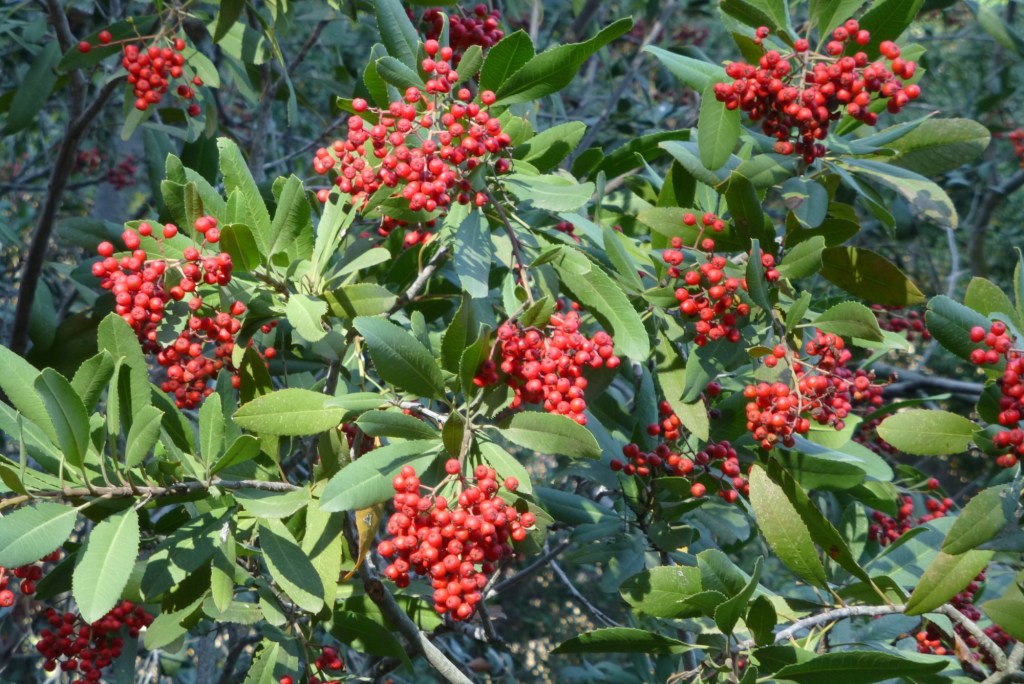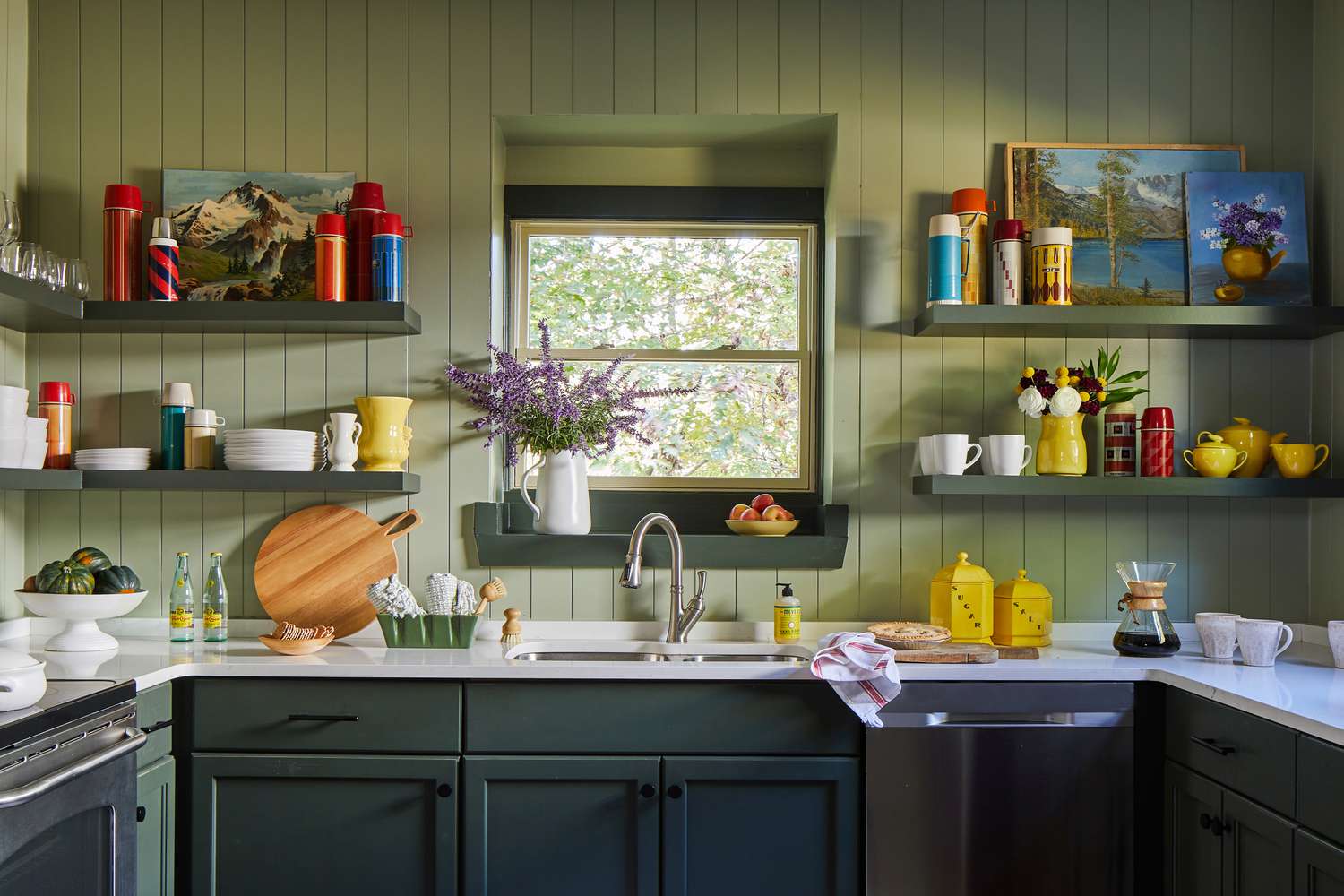Amy Tims, a notable columnist, brings to us some valuable insights about firefighting in the Inland Empire region. The Line Fire, Bridge Fire, and Airport Fire have been central to the recent news narratives as they gradually undertake a subsiding pattern. The rising containment percentages ensure that the fire gets under control and reduces the potential hazards. However, the imperative need remains to remain preservative and strategize our homes and yards in such a way that they are ready to grapple with the remnant threats of fire. Implementing defensible space principles can essentially secure our homes and neighborhoods from the perilous blazes.
Geographies that have heightened vulnerability to fires, primarily due to their dry vegetation and strong winds, often recommend a specific approach. The implemented strategy involves creating a barrier of cleared vegetation, or vegetation that have little fuel, around the structures. It organizes a shield against the potential threats of fire and checks their adverse impact. The defensible space principles divide the surroundings of your home into three zones, each involving different vegetation management levels and a strategic setup of fire-resistant plants.
Cleaning debris forms the initial step before moving to establishing specific zones. This includes clearing roofs, gutters, and yards of dead leaves, branches, and any other combustible materials that might trigger a fire.
Spanning just around 5 feet from your home, Zone 0 establishes a non-combustible barrier to block any possible approach flames may have towards reaching walls, eaves, or roofs. Flammable materials are strictly proscribed in this region. As the ground is primarily bare soil, you are discouraged from any plantation, and external components are defined by gravel, stone, or concrete.
Extending from 5 to 30 feet from the house, Zone 1 zeroes down upon reducing plant density. This is done to slow the fire’s spread. Trees should be spaced at least 10 feet apart from one another, and lower branches should be pruned to prevent the flames from engulfing the canopy. Fire-resistant groundcovers from native plants, like ‘Bee’s Bliss’ sage and California Fuchsia, might serve as good picks. Moreover, succulents like the Chalk dudleya are known to retain moisture and burn slowly, making them valuable resources in the grounds.
On a broader scale, from 30 to 100 feet, stands Zone 2 focused on creating fuel breaks between the vegetated hotspots. Fuel breaks prove as barriers where vegetation is strategically removed or thinned to check the wildfire’s advance. This zone can serve as a matching spot for hardy species such as Laurel sumac, which burns slowly. This area could also accommodate Toyon or Coastal Live Oak, both of which are drought-tolerant species that can suppress flames effectively.
Communities need to unite in their mission for creating defensible spaces for remarkable results to manifest. Eric Sherwin, public information officer for San Bernardino County Fire, praised the Wrightwood community for their collective fire-resilience efforts, including effective defensible space and prompt evacuations. These measures allowed fire crews to prioritize handling the flames of the Bridge Fire.
Fire mitigation efforts across Southern California rely heavily on defensible spaces. Proactive steps to reduce fuel, prevent fire-starting risks, and bolster resilience of homes and communities are crucial. This ensures better protection for both ourselves and our homes. If you are looking for additional wildfire readiness tips, the book “Firescaping Your Home: A Manual for Readiness in Wildfire Country” by Adrienne Edwards and Rachel Schleiger has just the information you need.
Organizations like Rivers & Lands Conservancy ensure that open spaces remain safeguarded from wildfires by removing highly flammable invasive species like mustard and stinknet. Although wildfires form a natural part of the ecosystems that the conservatory manages, they too realize that Southern California’s wildfire vulnerability is on the rise. Utilizing insights from experts in the wildfire resilience field may introduce fresh solutions to protect natural lands.
While wildfires in Southern California appear unpredictably, one thing rings true: designing your landscape thoughtfully and choosing the right plants allow your garden to become a fortress against flames. Further, this provides you with the peace of mind knowing that you’ve fortified your home with a layer of protection.
To conclude, Amy Tims urges us not to underestimate the power of preventive measures in combatting the devastating effects of wildfires. The focus should not just be on defensible spaces, but also on other critical elements like community involvement, experts’ insights, and continually adapting new fire-resistant landscaping techniques. As global problem solvers, we need to take proactive approaches focusing on resilience to ensure the safety of our homes, communities, and the environment.




